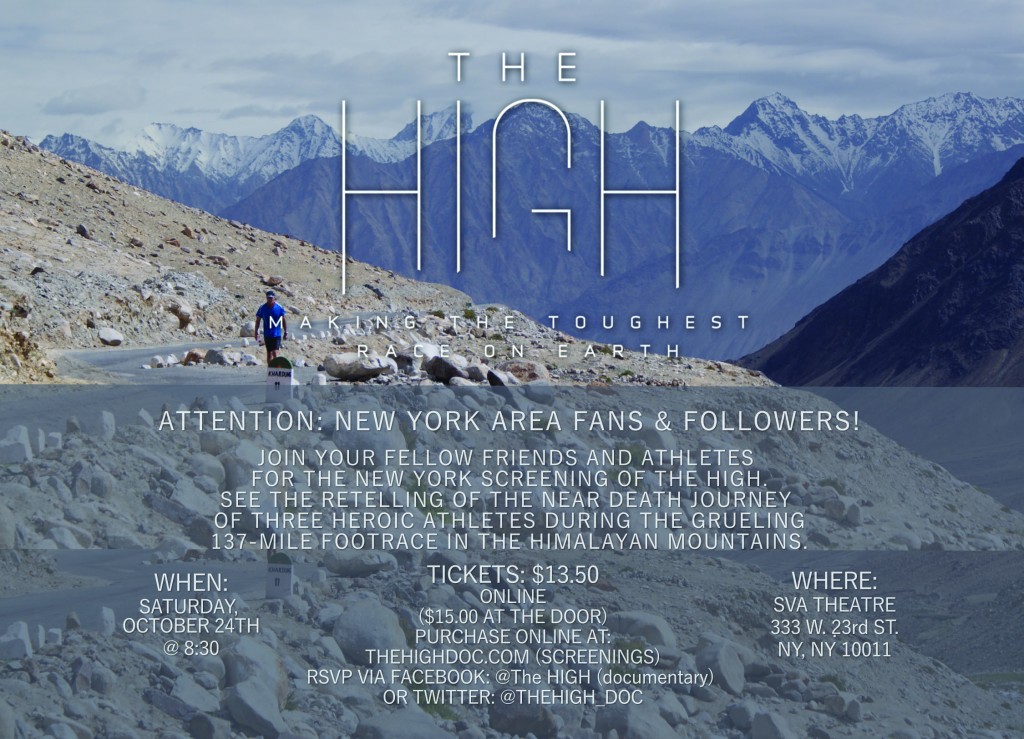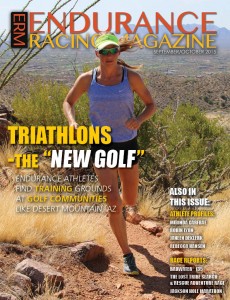Race Directors Take a Lot of Flak for the Work They Do
By Jay Danek
Race Directing today is a lot different than it was 10 years ago. Now with social media sites like Facebook and Twitter, race feedback is instantaneous. What was once a well thought-out email or letter to the Race Director (RD) after a race is now an emotion-driven one–liner, visible for all to see before the RD can respond. Knowing that reality, and seeing it play out on the Internet over and over again, I’ve gotten more frustrated about the way my fellow runners handle their complaints.
Before I go any further, let me say that I’m not perfect; and I have issued a complaint before – but I would never call out someone on a public forum for the way a race went. I issued a complaint earlier this year after a race, but did it through email directly to the RD. I explained the situation, the RD apologized for the slight mishap, the incident was resolved and we both moved on. Over the past year I have participated in several endurance races and volunteered at others, and the underlying issue seems to be that everyone thinks they’re entitled to getting a 100-mile buckle. I’m not sure who said any hundredmile race was easy, let alone some of the races that take place in elevation or on rough terrain. These RDs put their hearts, souls, money and time into putting on a race, and some of the comments I see and hear just blow me away.
Being an RD isn’t easy; to even have the opportunity to become one, you must have a passion for the sport, be extremely organized, have a great bond within the racing
community, and be willing to sacrifice your time and your family’s time in order to put on an event. And you can’t be a person worried about making a dollar, but instead must be okay with losing a few. I want to touch on a few topics that always seem to come up with a few runners – and respond from the perspective of an RD.
The Volunteers Weren’t Helpful
We’ve all heard people say that race volunteers weren’t helpful or didn’t know anything – but let’s remember what they are. They’re volunteers, who have given up the day or night (oftentimes both) with their family to help you, the runner, succeed. Yes, some aid station workers are better than others; but when you’re an RD, it’s not always easy to find enough help. There are so many things that we as runners can do to assist the volunteers in getting us in and out of the aid station, but very few people realize it. If you’re wearing a hydration pack, don’t just hand it to the volunteer; explain to them where the bladder is and how to open it up. Those things stick together and some are buried deep into packs, so it takes a little extra time for the people to figure them out. If you have bottles, tell them exactly what you would like in your bottles (such as half Gatorade/half water). Don’t expect that they will know what you want just because you’ve been to that aid station before. We all change our minds during a run, and sometimes certain drinks or foods nolonger taste good. If you have a drop bag, have your pacer call out your number and bag color so they can easily access it. They want to help you and get you your items, but with 200 bags it is not always a quick process.
The Course Markings Were Poor
Again let me start by saying I’m one of the worst, if not the worst, navigators in all of trail running—so I’m careful about my selection of races. There are races that I know require navigation skills, and there are races where I know they will idiot-proof the course (and I will probably still go off track!). I try to avoid courses that are extremely long between aid stations, because I like confirmation that I’m going the right direction. Most trail markings are done on a volunteer basis, and the RD explains certain areas to look out for; but remember, the person marking the trail often does a section by what they think will be the most valuable to the runner. I’ve seen markings around cairns on the ground because the section was so steep and they knew no one would be looking up; flour at junctions; flags; and usually there are no markings or confidence markers along forest roads until you need to make a turn. This is usually done to keep you from second-guessing yourself, and it allows the runners to relax and make up some time over that section. If you’re constantly looking for markers along a road it will slow you down, and a missed marker or two can lead to serious confusion. RDs have pre-race meetings to go over areas that might be questionable; so if you’re like me, make it a point to be there and listen. Don’t just assume the person in front of you knows where they’re going, because it could be me! Knowing and navigating the course is ultimately the responsibility of the runner.
The Cutoffs Were Too Tight
I bring up this issue only because it’s a common complaint among runners; but let’s face it, most cutoffs are extremely generous. I ran Javelina Jundred last year and the cutoff was 30 hours – 16.5 hours after the winner came in – but yet I still heard people say they needed more time. I understand that only the elites are going to run a 13.5-hour, 100-mile race; but for the safety of the runners, they have to set cutoffs. As I mentioned, signing up for a hundred-mile race does not guarantee you anything, and any given day you could DNF.
I had to DNF at mile 67 of Pine to Palm. I was in the best shape of my life, but I just couldn’t pull myself together. I was sick, and while I had 16 hours to finish the last 33 miles, I thought it was in my interest to drop. I’ve been at races where the 50-mile cutoff is 16 hours, and people are coming in around 17-18 hours and complaining that the cutoffs are not fair. I don’t think an RD can send you back out with a good conscience, because they don’t want you to get hurt or end up in the hospital. If you do the math on some of these cutoffs, they’re giving you an average of 20 minutes a mile.
Most of us will have a few of those during a race, and maybe even a 40-minute mile if you include a hard climb and an aid station, but the rest of the miles will not be run anywhere close to a 20 minute per mile pace. Very few runners will start a race at a 20-minute pace and finish. Most start around 12-15 minutes, so getting 20 minutes is more than sufficient. Aid stations seem to be the biggest killers for most runners; spending just 3-5 minutes at 18 aid stations results in a 54-90 minute slowdown. I think it’s important to plan beforehand and decide which aid stations will require you to spend more time at them and which ones you can be out of with just a change of bottles. I’ve seen so many people lay down or go to their car for a few hours and then rally to finish a race; but if you miss a cutoff because you decided early on to rest, it is no one’s fault but your own. Remember to avoid the chair: it’s a death trap, and in my personal opinion is the number one cause of DNFs.
What a Runner Can Do
As a trail runner, I want to see RDs succeed—because without their time, money, knowledge and inspiration, we don’t have a race to run. I know we all have a gripe or two sometimes; and as I acknowledged, I’ve raised issues before…privately. Respect the volunteers; if you have an issue, bring it up with the RD during or after the race. It’s not fair to the race or to the RD to air your grievances on Facebook or Twitter before they even have a chance to address the issue. RDs want everyone to succeed at their race, not just the elites. They’re always open to suggestions, and most RDs welcome them. We need to remember that if running a hundred miles was easy, everyone would do it. It’s one of the greatest accomplishments in running, so be proud of yourself for just toeing the line—and if it’s not your day, don’t trample on everyone around you. Don’t be afraid to sign up and volunteer for a race. It’s through giving back that you learn just how much RDs put into race planning, how much they love the sport and how much they want to give us all the opportunity to compete against friends on the trails. Their job is not exactly fun or profitable—so why do they do it? They do it because they have a love for the sport and want to give back to the trail community by providing a place for us to compete and have fun with our friends.
Jay Danek is from Scottsdale, Arizona.
Read more about him at www.mcdowellmountainman.com.











